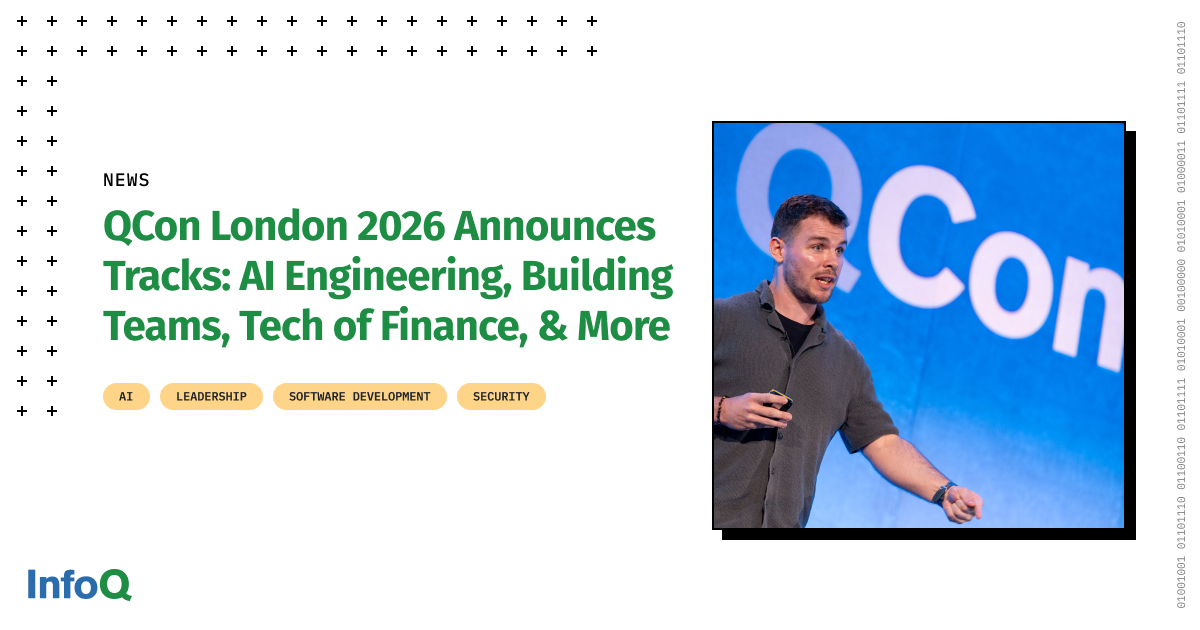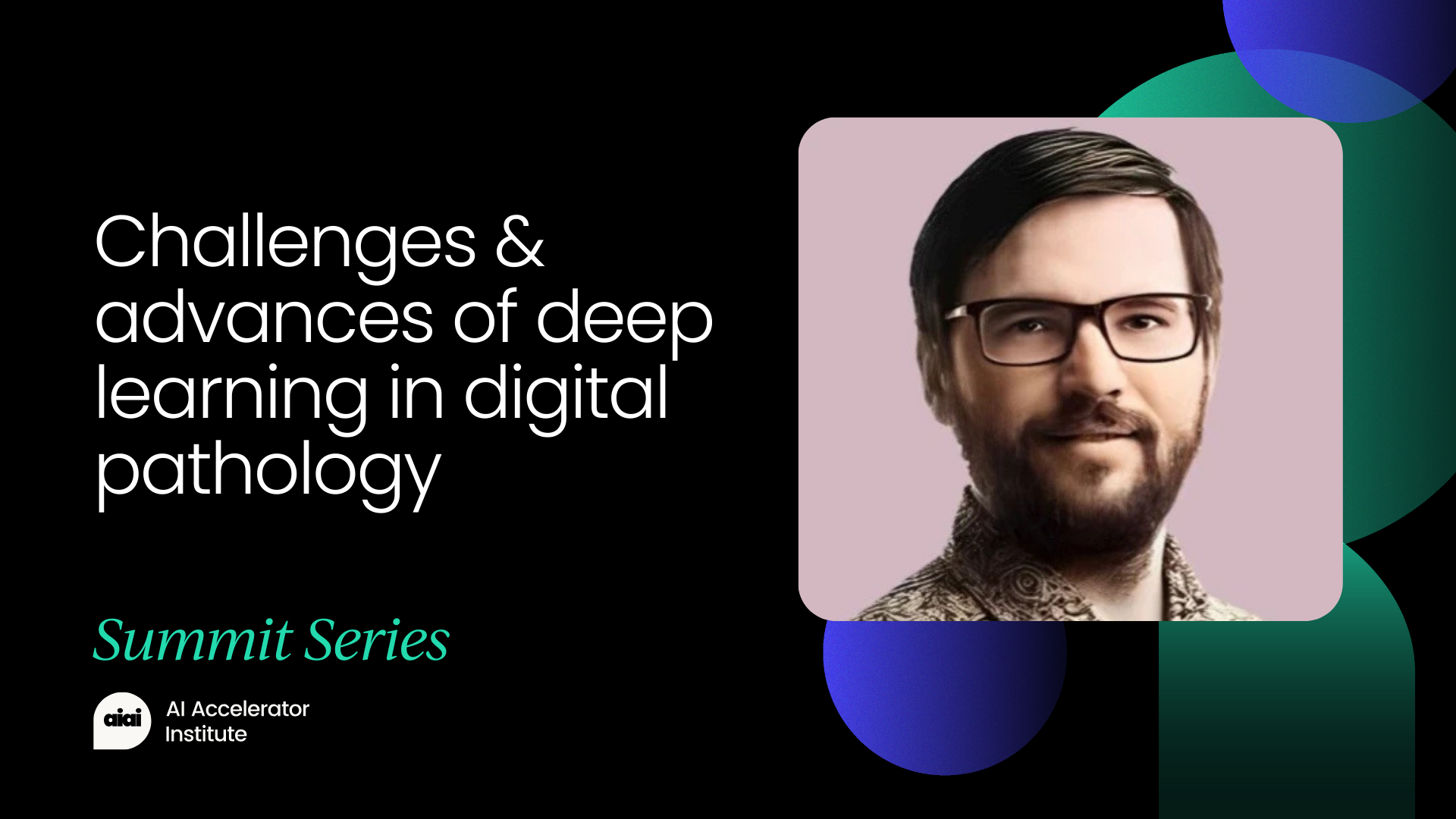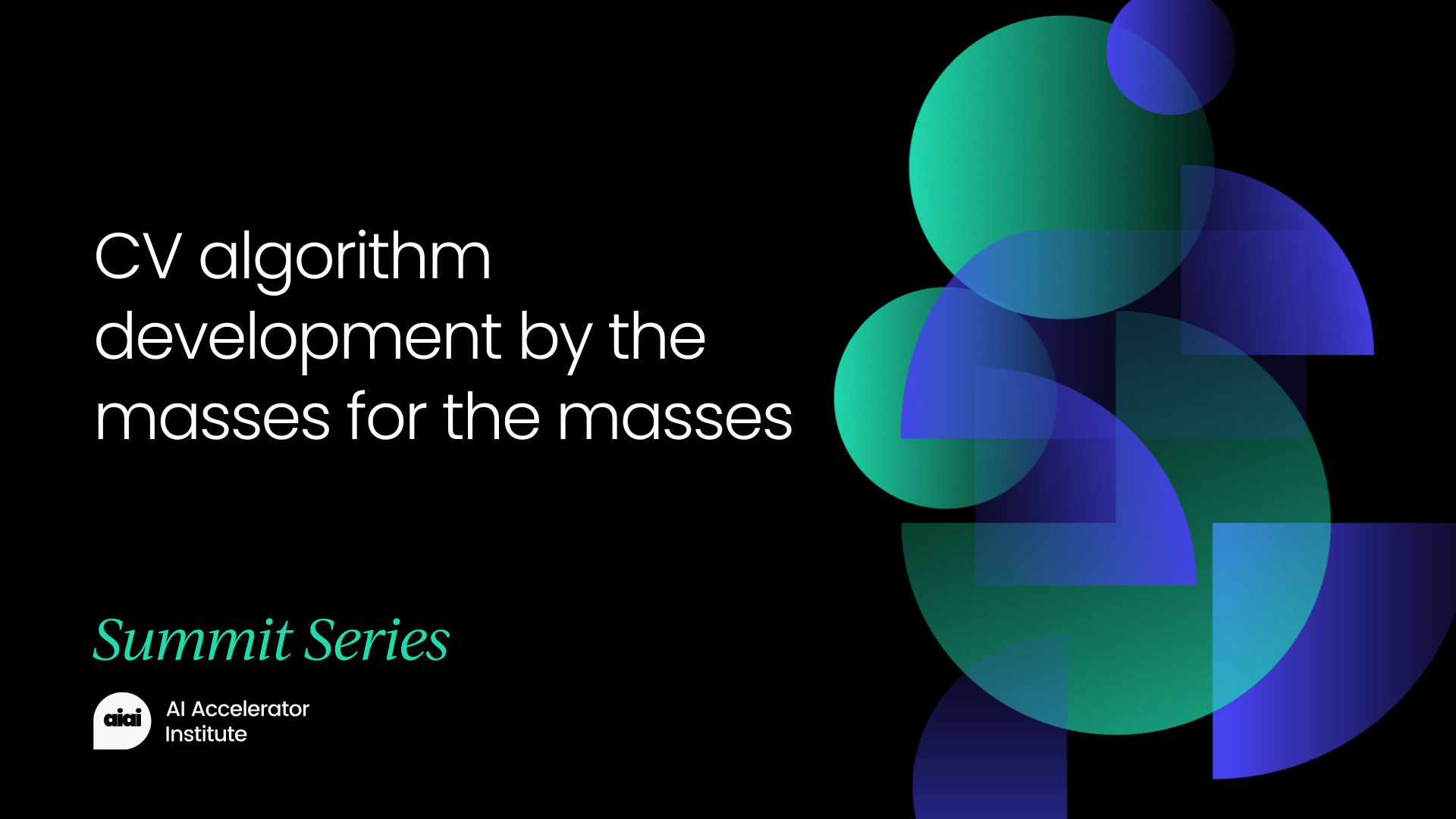Atlas-Alignment: Making Interpretability Transferable Across Language Models
PositiveArtificial Intelligence
Atlas-Alignment is a groundbreaking framework that aims to make interpretability more accessible across different language models. This innovation addresses the challenges of existing interpretability pipelines, which are often expensive and hard to implement. By streamlining the process of interpreting new models, Atlas-Alignment could significantly enhance the safety and reliability of AI systems, making them easier to control and understand. This is a big step forward in AI development, as it allows for better transparency and trust in language models.
— Curated by the World Pulse Now AI Editorial System






